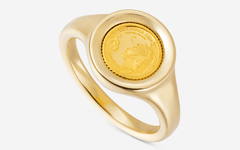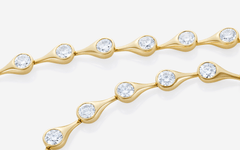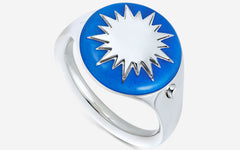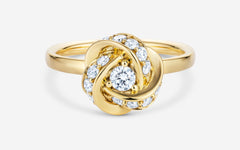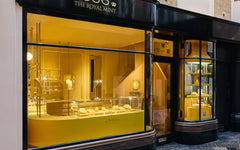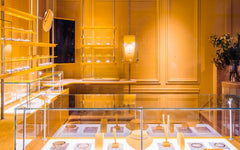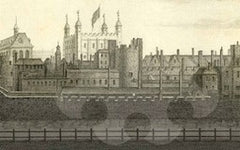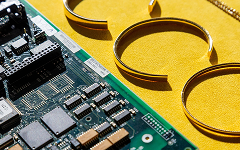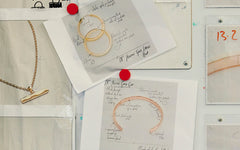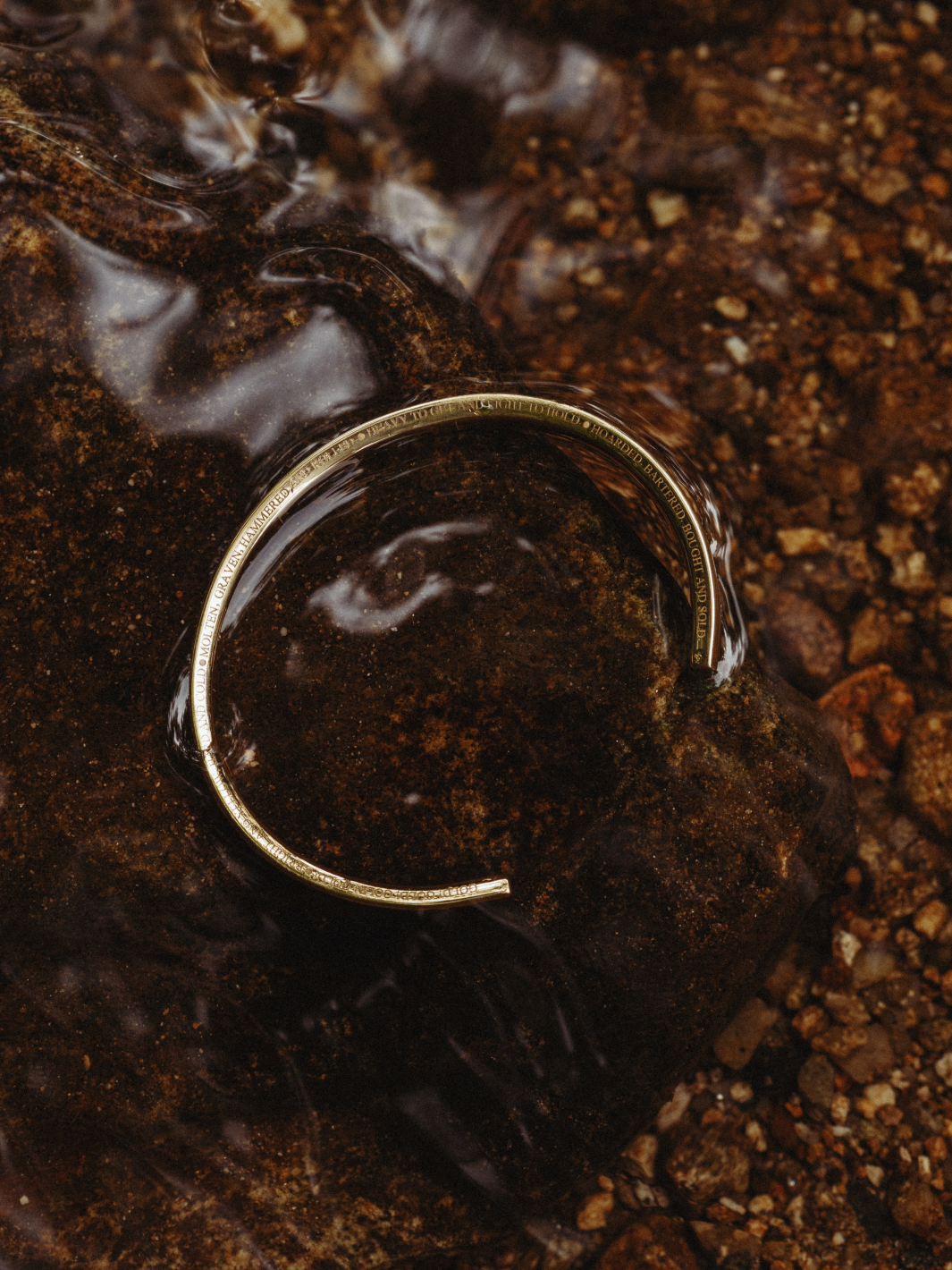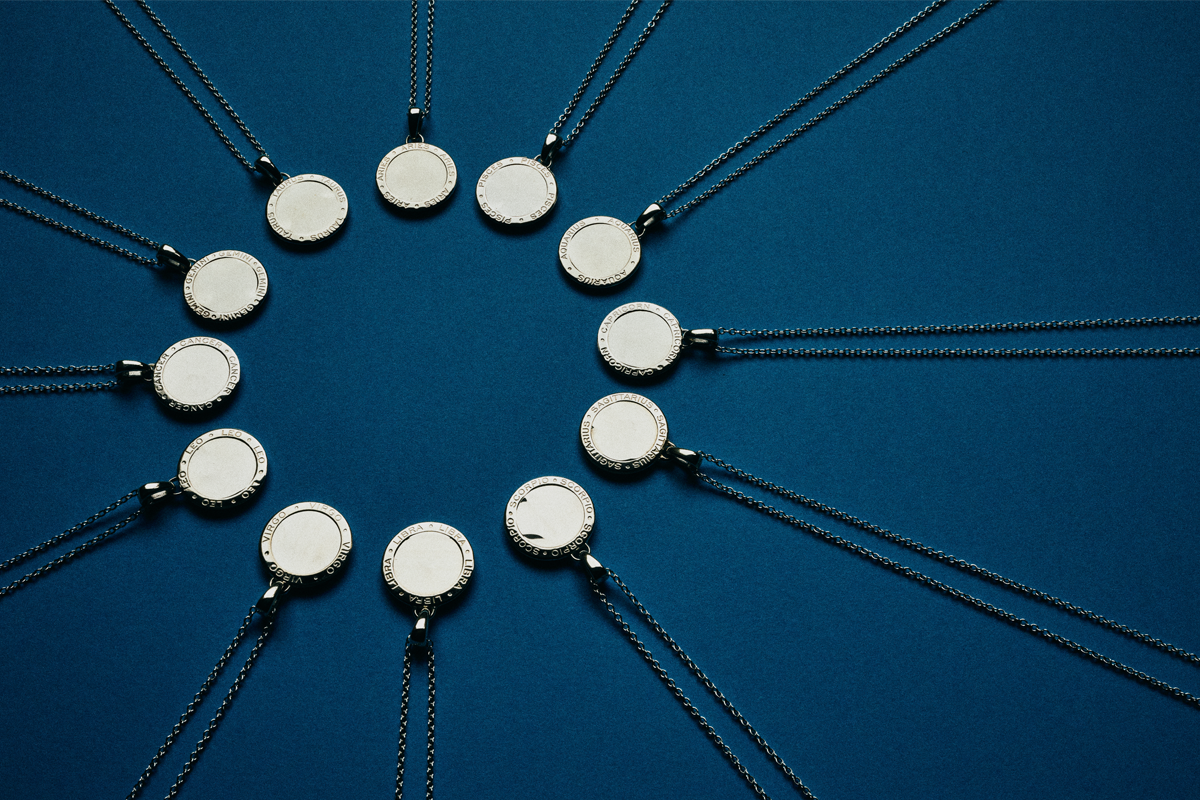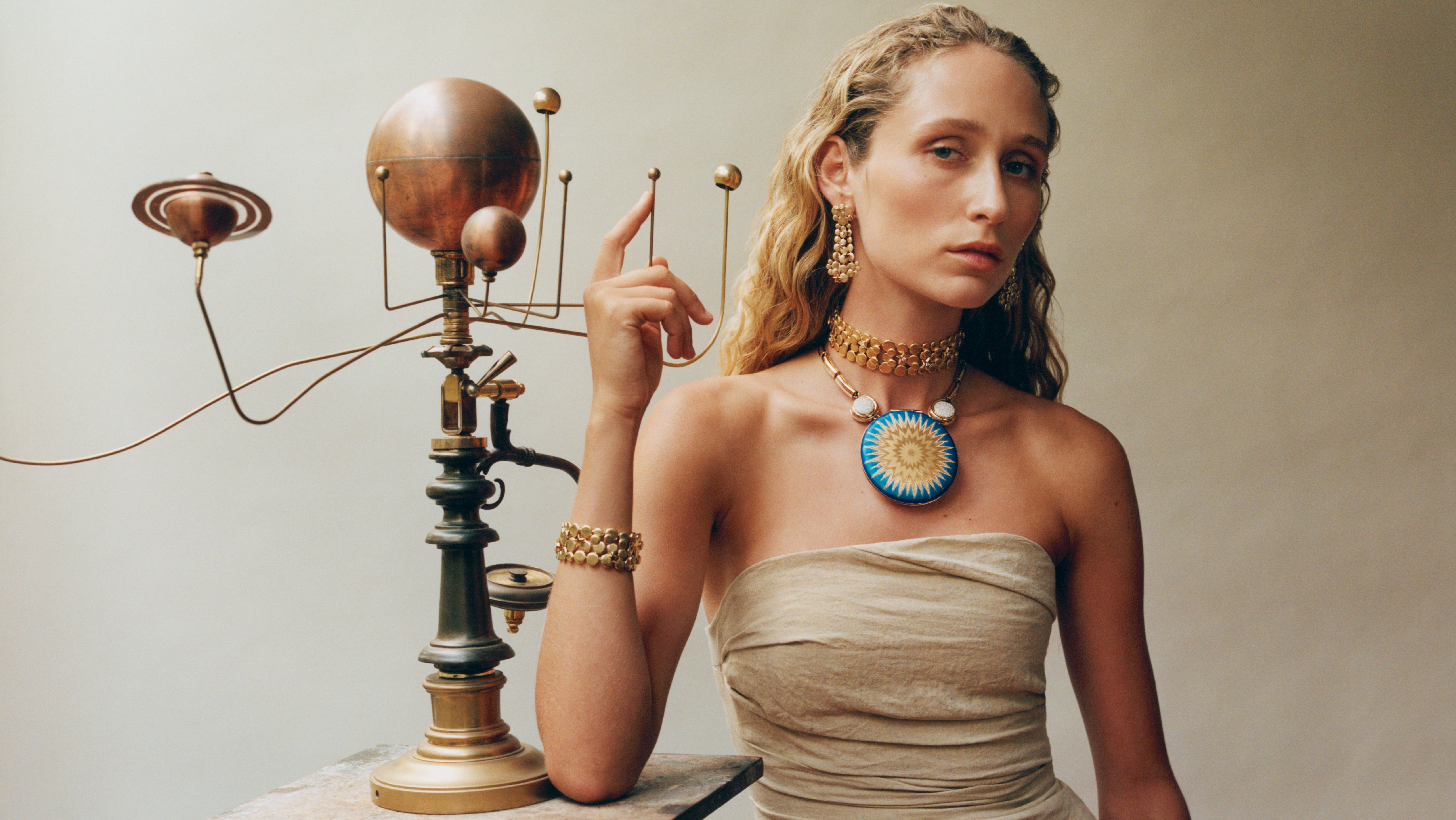Dominic: Tell us a bit about yourselves and what you do here at the Royal Mint?
Gordon: I’m Gordon Summers, I've worked at The Royal Mint since 1993. I’ve been the chief engraver for 11 years. I take our designs and work with the team across all of our processes - from developing tools, to hand processes, to finishing.
Kloe: I'm Kloe Roles and I'm the Precious Metal Workshop Coordinator here at The Royal Mint. I've worked here for three years and began working across the 886 jewellery collection seven months ago. I work directly on the jewellery pieces, including soldering, buffing and drawing the metal.
Dominic: What do you think makes our 886 by The Royal Mint jewellery unique?
Gordon: Our jewellery is unique because we come from a long history of striking coins. It results in pieces that are much more robust - we want to make jewellery that will last several lifetimes.
Kloe: Unlike other jewellery manufacturers, the gold we use in the 9 and 18ct jewellery pieces manufactured in Wales are made from recovered e-waste. We take the gold from recovered circuit boards and create beautiful pieces in our workshop.
Dominic: What’s your favourite piece from our collection?
Kloe: My favourite piece of jewellery is the pendant because a lot of work goes into it. It goes from a bullion bar to something so delicate.

Dominic: What is the most innovative technology that we use here?
Gordon: We’ve applied a caustics technique to this range of jewellery. When light hits the piece's surface, it reflects a pattern onto a nearby surface. It can only be achieved through striking and it’s the first time we've applied the process at the Royal Mint.
Dominic: How are the roles here at the Royal Mint unique to other jewellery manufacturers in the UK?
Gordon: We're working with skilled craftsmen, and increasing the craftsmanship of our current staff, in order to develop a balance between the striking of jewellery and the beautiful hand finishing that you can only achieve with human beings. The jewellery pieces are predominantly manufactured and created here in the UK.
Dominic: Can you explain what striking is and the benefit of the process?
Gordon: Striking is the application of high tonnage in order to compress metal. The metal then moves like liquid, so we can force it to move in any direction we want.
We can use up to 350 tonnes when creating our pieces. The benefit is the result we're left with: a robust and flawless metal without air pockets and irregularities.

Dominic: Kloe can you elaborate on how you use soldering when making our jewellery?
Kloe: I prepare the two pieces of jewellery that need to be bonded to one another. I then use the solder to heat the metal, which then creates the bond.
Dominic: Can you talk me through our hand-polishing technique?
Kloe: There are different stages to buffing our jewellery pieces before the final polish. It includes both hard and soft-polishing to achieve different finishes. We also use ultrasonics in between to clean off any compounds from the previous polish.
Dominic: What do you love about working for 886 by The Royal Mint?
Kloe: I love working with the team. They're helpful and push me to achieve my goals. My knowledge on making jewellery, and managing people has grown tremendously [since being here].
Gordon: We have adapted our traditional techniques in making coinage to manufacture jewellery. I enjoy the challenge of taking an original concept through an unimagined route to the final pieces of our beautiful jewellery.
Explore the full 886 jewellery collection.
